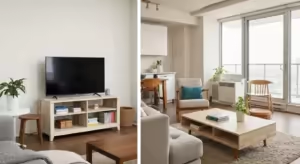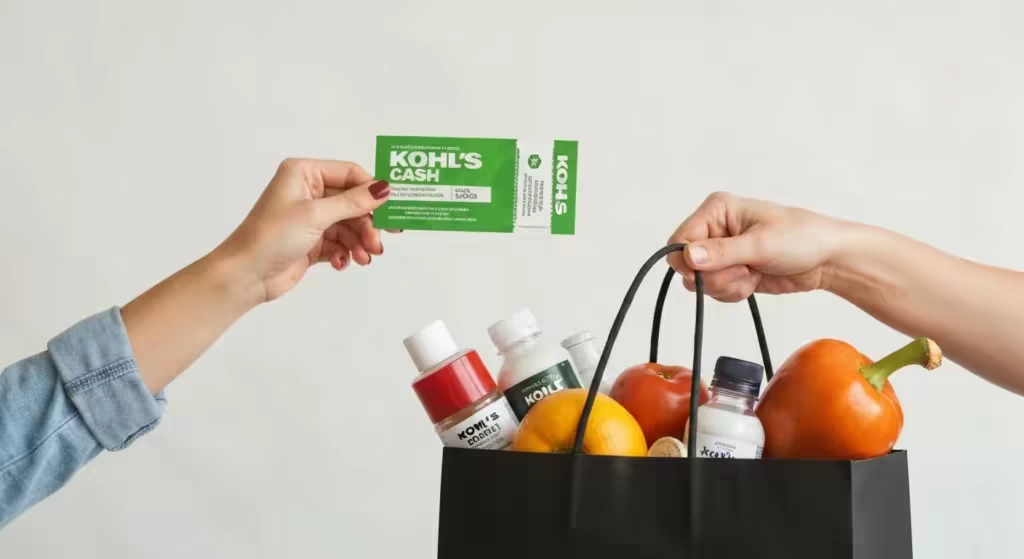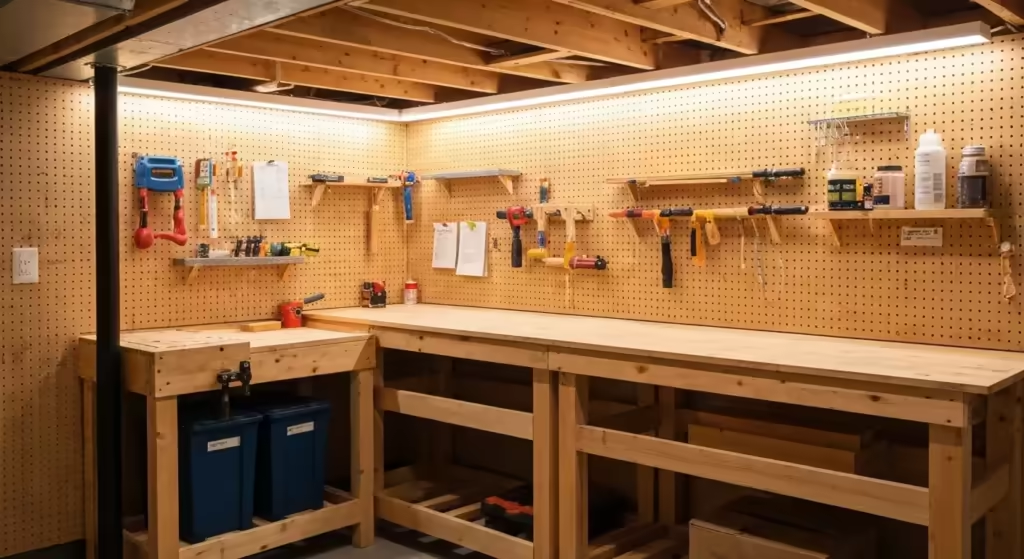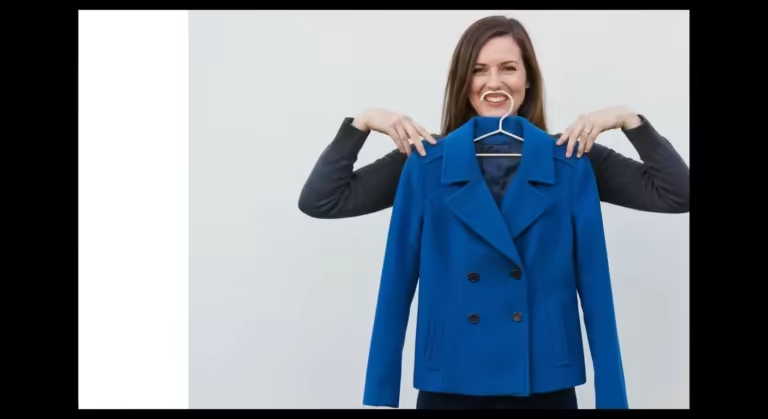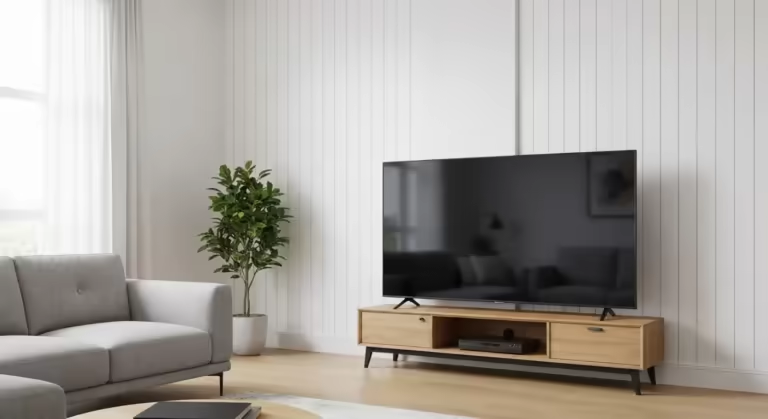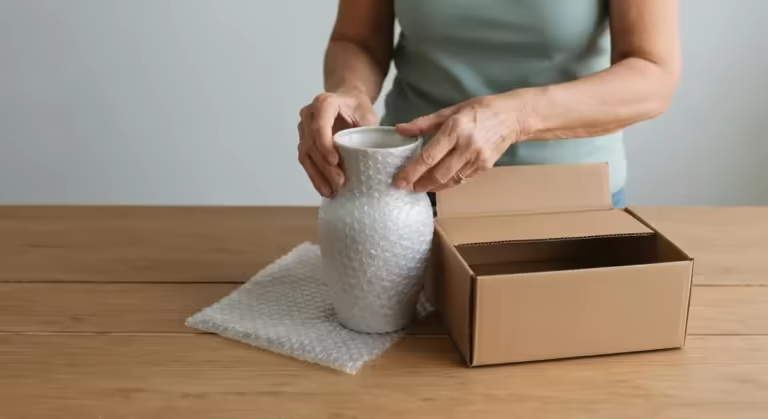The silence in our new condo was the first thing that struck me. It wasn’t the peaceful silence of a settled home; it was the hollow, echoing silence of an empty space. My wife, Eleanor, and I had just completed the monumental task of downsizing. We’d sold the sprawling four-bedroom house where we raised our kids, the house with the yard I spent every Saturday mowing, the house that held thirty years of memories in its walls. Now, we were standing in a bright, modern, two-bedroom condo with a lovely balcony, and a whole new chapter of our lives laid out before us.
This was supposed to be the easy part. The reward. But as I looked around at the bare walls and open spaces, a wave of anxiety washed over me. Most of our old furniture, the heavy, dark wood pieces that had filled our old home, had been sold or given away. They were too large, too dated for this new, streamlined life we were building. We were starting from scratch, and while the idea was thrilling, the reality was daunting.
That evening, with takeout boxes on the kitchen counter, I sat down with my laptop. “Let’s just get a few basics, El,” I said, trying to sound more confident than I felt. We needed a dining table, some bookshelves for my lifelong collection of history books, a comfortable chair for the corner I’d designated as my reading nook, and some practical storage for Eleanor’s quilting supplies. Simple enough, right?
An hour later, my jaw was on the floor. I clicked from one furniture website to another, and the numbers in the virtual shopping carts kept climbing. A decent dining set was over a thousand dollars. A solid bookshelf system, another eight hundred. A simple armchair, five hundred. Before we had even furnished a single room, the total was soaring past the budget we had carefully set aside from the house sale. That money was meant to supplement our retirement, to be used for travel and hobbies, not to be completely devoured by tables and chairs.
“This is… more than I thought,” I admitted, the screen’s glow illuminating my worried face. Eleanor put a comforting hand on my shoulder. “We’ll figure it out, dear. We always do.” But for the first time in a long time, I wasn’t so sure how.
A Skeptical First Trip to a Furniture Maze
A few days later, I was complaining about our predicament to our old neighbor, Jim, over a cup of coffee. He listened patiently before leaning in with a conspiratorial grin. “Have you tried the IKEA As-Is section?”
I must have given him a look of complete bewilderment. IKEA? I pictured college kids and flimsy furniture that you built with a tiny, frustrating Allen key. And the “As-Is” section? My mind immediately conjured up an image of a sad, dusty corner filled with three-legged chairs and hopelessly scratched tables. “Isn’t that just a pile of their broken stuff, Jim?” I asked, unable to hide my skepticism.
He chuckled. “Sometimes. But sometimes, you find treasure. You just have to know how to look.”
His words stuck with me. Later that week, feeling a mix of desperation and curiosity, I drove to the giant blue-and-yellow box on the edge of town. The sheer size of the parking lot was my first challenge. I walked inside and was immediately swept up in the current of shoppers navigating the one-way maze of the showroom floor. It was a sensory overload of perfectly staged tiny apartments, cheerful Swedish product names I couldn’t pronounce, and the distant, alluring smell of meatballs.
After what felt like an eternity of following arrows on the floor, I finally saw the sign: “As-Is.”
It was exactly as I had feared. Tucked away near the registers, it was a chaotic landscape of mismatched furniture parts. A single cabinet door leaned against a wall. A tabletop with a deep gouge sat forlornly on a cart. There were bags of screws taped to chair legs and bright yellow discount stickers everywhere. It was a jumble sale, a furniture graveyard. My heart sank. Jim was a nice guy, but he was clearly wrong. This was a waste of time.
I felt a familiar sense of overwhelm, the same feeling I’d had looking at the empty rooms in our condo. I turned to leave, ready to call it a day and resign myself to either spending a fortune or living with folding chairs. But as I turned, something caught my eye. It was a small, simple black LACK side table. I inspected it. There wasn’t a scratch on it. The tag said it was a customer return, likely because they bought the wrong color. The price? Five dollars. A brand new one upstairs was twelve.
It wasn’t much, but it was something. I picked it up. It was light, easy to carry. On a whim, I bought it. As I drove home, I couldn’t help but feel a tiny spark of something. It wasn’t victory, not yet. It was more like a clue. I had approached this all wrong. Walking into that section without a plan was like sailing into a storm without a compass. I had survived, and I had a $5 table to show for it. But to find the real treasure Jim had talked about, I realized I needed to become a hunter, not just a wandering shopper.
Forging a Strategy: From Wanderer to Warrior
Back home, I assembled the little LACK table in under five minutes. It fit perfectly next to the sofa. Eleanor was pleased. “See? A start,” she said with a smile. That small, tangible success was all the motivation I needed. I wasn’t going to be defeated by a pile of discounted furniture. It was a puzzle, and I was going to solve it.
That evening, I didn’t open furniture store websites. I opened a word processor and my web browser, and I began my research. My mission: to understand the IKEA As-Is section like a general understands a battlefield.
Step 1: The Hit List
My first mistake was going in without a clear goal. I was just “looking for furniture.” That’s like going to the grocery store hungry without a list. This time, I got specific. Eleanor and I sat down and made a “hit list.”
- Dining Table: Needed to seat at least four, six when extended for when the kids visit. Maximum length 75 inches.
- Bookshelves: For my history collection. I measured the wall space: 90 inches wide, 80 inches high.
- Armchair: Comfortable, with a high back for reading. Footstool would be a bonus.
- Craft Storage: A cube-style unit for Eleanor’s fabric and supplies.
I wrote down the exact dimensions for each item. I even drew a little diagram of the rooms with the measurements. This list became my guide, my constitution. I would not be swayed by a tempting but impractical bargain. I would stick to the list.
Step 2: Learning the Language
Next, I spent time on IKEA’s website, but not for shopping. I was studying. I learned the names of the products that fit our needs. The extendable dining table was a “BJURSTA” or “EKEDALEN.” The bookshelves were the classic “BILLY.” The armchair I had my eye on was the “POÄNG.” The cube storage was the famous “KALLAX.”
Knowing these names was like learning a secret code. Now, when I was in the As-Is section, I wouldn’t just see a “white bookshelf frame.” I would see a “BILLY frame, 31.5 inches wide, missing shelves,” and I would know instantly if it was a match for my plan.
Step 3: Intelligence Gathering
I dug deeper. I read articles and forum posts written by other As-Is enthusiasts. It was a subculture I never knew existed. From these digital mentors, I learned the crucial intel:
- The Best Time to Go: Weekday mornings, especially Monday, are gold. That’s after the weekend rush of returns and assembly projects gone wrong. Weekends are crowded and the good stuff gets snapped up fast.
- Understanding the Tags: The tags aren’t just for the price. They often have a reason code. I learned that “customer return” was often the best-case scenario, as the item might be in perfect, unused condition. “Floor model” might have some light wear and tear. “Damaged” was a gamble, but could offer the steepest discounts if the damage was cosmetic or fixable.
- The 10% Monday Discount: I discovered that my local IKEA (and many others) offered an additional 10% off all As-Is items on Mondays. This was a game-changer.
Step 4: Assembling My Toolkit
Finally, I prepared my gear for my next expedition. I felt like I was preparing for a climb, not a shopping trip. I assembled a small bag with:
- My “Hit List” with dimensions.
- A small tape measure. Non-negotiable.
- My smartphone. Fully charged, so I could look up the original product page to see what it was supposed to look like and what parts might be missing.
- A pair of work gloves. For digging through dusty boxes and handling rough edges.
- Patience. This was the most important tool of all.
With my list in hand and my strategy in mind, I felt a surge of determination. I was no longer a skeptical wanderer. I was prepared. I was ready to go back and face the chaos, but this time, on my own terms.
The Great Hunt: Victories, Setbacks, and a Little Bit of Luck
The following Monday morning, I drove to IKEA with a sense of purpose. I bypassed the main entrance and headed straight for the exit area, a shortcut to the As-Is section. The atmosphere was completely different from my last visit. It was quiet, calm. A few other shoppers moved with the same methodical purpose I felt, a silent brotherhood of bargain hunters. The hunt was on.
I started with my highest priority: the bookshelves. I scanned the section, my eyes flitting past lonely table legs and mismatched chairs, looking for the tell-tale shape of a BILLY bookshelf. And then I saw them. Not one, but two tall, white BILLY frames, leaning against each other. My heart gave a little leap. I pulled out my tape measure. They were the right width and height. I checked the tags. They were marked as “damaged,” and the price was astonishing: $20 each, down from $89.
I immediately began my inspection, a process I now took very seriously. I ran my hands over every surface. The “damage” was minimal—a few scuffs on the back panels that would be against the wall anyway, and one corner was slightly dented. These were battle scars I could live with. But then I saw the problem. A big problem. There were no shelves. Not a single one.
My initial excitement deflated. What good is a bookshelf without shelves? I found a nearby employee. “Excuse me,” I asked, “do you sell the shelves for these separately?”
He shook his head apologetically. “No, what you see is what you get. We can’t break up sets.”
Disappointment washed over me. I had come so close. I almost walked away, but then I remembered my new mantra: patience. I told the employee I’d think about it and continued my patrol of the section. I decided to make a full lap before giving up. And that’s when I saw it.
In a far corner, on the bottom of a rolling cart, was another BILLY frame. This one was in terrible shape, the side panel was cracked almost in half. It was unsalvageable. But inside, pristine and neatly stacked, were all of its shelves. The tag on this broken unit was a mere $10. I did the math in my head. Two good frames for $40, plus one broken frame for $10 to get all the shelves I needed. That was a grand total of $50 for a bookshelf system that would have cost me nearly $250 new, including the extra shelves I would have needed.
I felt a jolt of pure triumph. I grabbed a cart, loaded up the two good frames, and then carefully transferred the precious shelves from the broken unit. I even scoured the floor around the broken frame and found a little plastic baggie with all the shelf pegs. It was a complete set. My first major victory.
Buoyed by my success, I moved on to the next item on my list: the dining table. This proved to be more of a challenge. I saw several tables, but they were either too small, too large, or had significant surface damage I knew I couldn’t easily fix. I was starting to think it might be a fruitless search for the day when I spotted it: a handsome, dark wood EKEDALEN extendable table. It was exactly the style we wanted.
The price was marked at $129, a steep discount from its original $349 price. The tag simply said “floor model.” I began my inspection ritual. I checked the surface for scratches—there were a few hairline ones, but nothing a little furniture polish couldn’t handle. I slid the extension leaf out and back in; the mechanism was smooth. It seemed perfect. Too perfect.
My new-found skepticism kicked in. I got down on my hands and knees on the cold, concrete floor, much to the amusement of a passing couple. I pushed on each leg. One, two, three… solid. Four… a slight wobble. I pushed it again. It was definitely loose. I looked closer at the joint where the leg met the tabletop frame. I could see that the threads where the main bolt went in were stripped. This wasn’t just a loose bolt that needed tightening; the wood itself was compromised.
The old me would have sighed and walked away. But the new, strategic me saw an opportunity. I flagged down the same employee from before. “Hi again,” I said politely. “I’m very interested in this table, but I noticed this leg is wobbly. It looks like the screw hole is stripped out.” I showed him exactly what I meant.
He inspected it and nodded. “Ah, you’re right. That’s probably why it’s here.”
“I’m pretty handy,” I said, which was only partially true. “I think I can fix it, but it’s going to take some work. Is there any chance of a further discount because of this specific, structural issue?”
He considered it for a moment, looked at the tag, and then pulled out a marker. “You know what? Since you know what you’re getting into… how about we take another thirty bucks off?” He crossed out the $129 and wrote “$99.”
I couldn’t believe it. I had just negotiated my way to an even better deal. I felt a sense of empowerment. I wasn’t just a passive consumer; I was an active participant in the transaction. I proudly loaded the tabletop and legs onto my cart next to the bookshelf parts. (Later at home, a bit of wood glue and a few wooden golf tees jammed into the stripped hole—a trick my dad taught me—created a new, solid base for the bolt to grip. The table was as sturdy as new.)
My final major quest was for the POÄNG armchair. This turned into a lesson in patience. Over the next month, I made three more trips to the IKEA As-Is section, specifically looking for that chair. I saw plenty of them. But there was always a catch. One had a beautiful frame, but the cushion was a hideous orange. Another had the perfect beige cushion, but the birch frame was deeply scratched. A third was perfect, but another eagle-eyed shopper grabbed it just moments before I got to it.
I was tempted to give up. The reading nook in the corner of our living room sat empty, silently mocking me. “Maybe we should just buy one new,” Eleanor suggested one evening. “You’ve put so much effort in.”
But by now, it was about more than just the money. It was a matter of principle. The hunt had become a hobby. So, on the fourth Monday, I went back one more time. I did my usual lap, and there it was. A dark brown POÄNG frame, in flawless condition. Next to it, leaning against a cabinet, was a cream-colored cushion, still in its original plastic wrap. Someone had clearly bought the set, returned the cushion for a different color, and the two pieces had ended up here separately. The frame was $25 (down from $89) and the cushion was $20 (down from $59). Total cost: $45. Retail price: $148.
Patience, I learned, was the ultimate bargain-hunting superpower. The feeling of loading that final piece into my car was pure, unadulterated satisfaction.
The Assembly, The Savings, and The Real Reward
Getting everything home was an operation in itself, requiring two trips and some creative packing in my sedan. The next few evenings were filled with the satisfying, and sometimes perplexing, process of assembly. Eleanor and I worked as a team. She would decipher the wordless instruction diagrams and lay out the hardware, while I handled the Allen keys and screwdrivers.
As each piece came together, our empty condo began to transform into a home. The two BILLY bookshelves, now securely anchored to the wall, stood side-by-side, creating a beautiful library for my treasured books. The slight scuffs and dents were invisible, hidden by the sheer volume of history they now held. Our total cost: $50.
The EKEDALEN dining table, its leg now rock-solid thanks to my little repair, became the heart of our main living space. That evening, Eleanor and I sat down at it for our first proper meal in the new place, not from takeout boxes but on real plates. It felt significant, a milestone. Our total cost: $99.
And finally, the POÄNG armchair. I put it together and placed it in the corner by the window, along with a small ottoman I found on that same trip for $15. It was perfect. I sat down, leaned back, and let out a long sigh of contentment. It was more than just a chair; it was a trophy. Our total cost: $45.
I also managed to find a KALLAX cube unit for Eleanor’s craft room on one of my trips. It had a small chip on a back corner, but for $30, she was thrilled. It perfectly organized her colorful fabrics and supplies.
One evening, after everything was in its place, I sat down with my notepad and did the final calculation.
- Bookshelves: Retailing at approx. $250. My cost: $50.
- Dining Table: Retailing at $349. My cost: $99.
- Armchair & Ottoman: Retailing at approx. $200. My cost: $60.
- Craft Storage: Retailing at $90. My cost: $30.
The grand total for the new items would have been close to $900 before tax. My final cost, after all my hunting, strategic planning, and a little bit of DIY, was $239. We had saved over $650.
But as I looked around our beautifully furnished new home, I realized the real reward wasn’t just the money in our bank account. It was the deep, profound sense of accomplishment. In a stage of life where many feel like their options are narrowing, I had taken on a new challenge and succeeded. I hadn’t just bought furniture; I had sourced it, repaired it, negotiated for it, and built it. Each piece had a story.
The IKEA As-Is section, a place I had once dismissed as a junk pile, had become my proving ground. It taught me that value isn’t just about the price tag. It’s about seeing the potential where others see flaws. It’s about the satisfaction of using your experience and a little ingenuity to create something wonderful. It’s about patience, persistence, and the thrill of a well-executed plan.
Our condo is no longer silent. It’s filled with the quiet hum of a happy home, a home we built not just with our hands, but with our resourcefulness. And every time I sit in my perfect reading chair, I don’t just feel comfortable—I feel proud.




